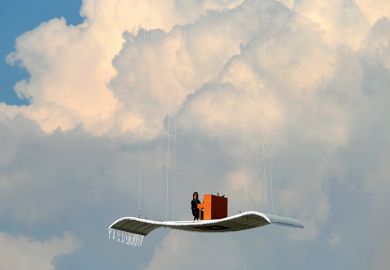Modern yoga is often said to have begun with the publication of Swami Vivekananda's Raja Yoga , following his groundbreaking contribution to the first World Parliament of Religions held in Chicago in 1893. It subsequently branched into various forms of body-mind-spirit integrative training known as modern psychosomatic yoga. Modern postural yoga came to emphasise postures ( asana ) and breathing ( pranayama ), whereas modern meditational yoga stressed concentration and meditation.
Sarah Strauss bases her study of yoga primarily on the teaching of Swami Sivananda (1887-1963) and the Divine Life Society, which may be broadly categorised as modern psychosomatic yoga. She undertook detailed fieldwork among Sivananda's disciples at Rishikesh, which lies along the banks of the Ganges River in the lower Himalayas. Charting the movement of yoga to the West and back to India, Strauss shows how its practice has been transformed "from a regional, male-oriented religious activity to a globalised and largely secular phenomenon". Her methodology is participant observation, and she has practised yoga herself for more than a decade.
In particular, Strauss considers what, if anything, makes yoga practitioners associated with the Divine Life Society unique - be they from Europe, India or North America. We are told that "yoga has emerged as one transnationally relevant strategy which purports to transcend a host of conflated dichotomies, beginning with East/West and spirituality/ materialism, and extending to cover both body and planet". Certainly yoga can promote modern concerns about nutrition, the state of the planet and international pacifism. But in so far as these are manifested mainly among the middle classes, what about more divisive issues such as caste, sexuality and linguistic disagreements within the wider population?
Strauss concedes that caste is a problem for some Hindus, and she briefly mentions Louis Dumont's anthropological work on this issue as an endnote. She also acknowledges the Divine Life Society's appeasement of right-wing Hindus by making yoga out to be more Indian than international, and notes the inability of some Volkshochschule yoga teachers in Germany to make any connection between hatha yoga and Hinduism, preferring to present it as Aryan. I should have liked to see a clearer exposition of Patanjali's Yoga Sutras and their development by Vivekananda and his successors, including Sivananda. But I enjoyed Positioning Yoga as a warm and scholarly tribute to a remarkable exponent of mainstream modern yoga and his disciples.
Strauss's careful fieldwork will be of value to academic specialists, practitioners of yoga and a wide range of more general readers.
David Gosling is a life member of Clare Hall, Cambridge.
Positioning Yoga: Balancing Acts Across Cultures
Author - Sarah Strauss
Publisher - Berg
Pages - 185
Price - £47.00 and £15.99
ISBN - 1 85973 734 X and 739 0
Register to continue
Why register?
- Registration is free and only takes a moment
- Once registered, you can read 3 articles a month
- Sign up for our newsletter
Subscribe
Or subscribe for unlimited access to:
- Unlimited access to news, views, insights & reviews
- Digital editions
- Digital access to THE’s university and college rankings analysis
Already registered or a current subscriber? Login



